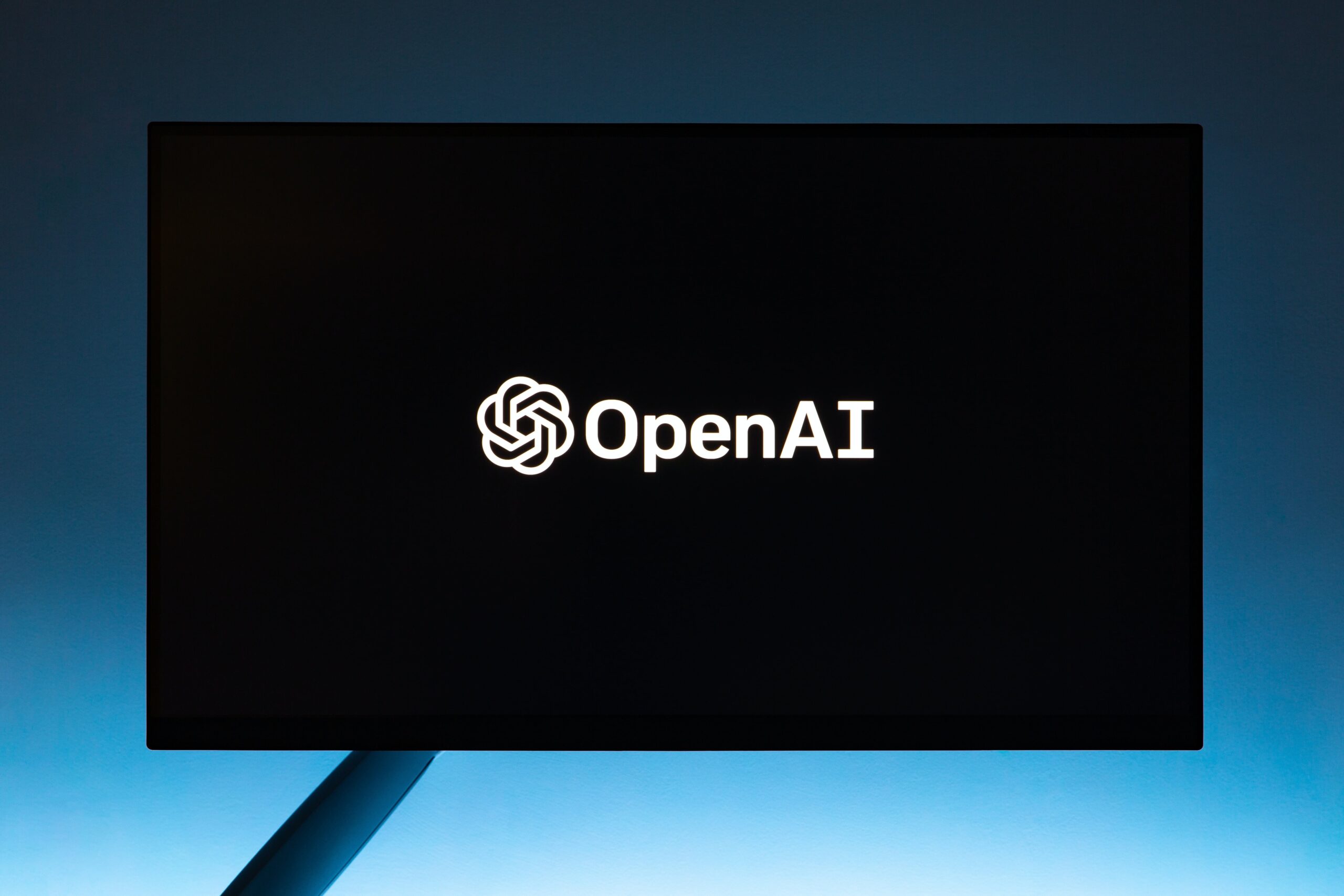Introduction:
In the ever-evolving world of web development, staying ahead of the curve is crucial for success. With an increasing demand for faster, more interactive, and more user-friendly web applications, developers are continuously exploring innovative technologies. In this regard, React has emerged as “The Next Big Thing” in web development. This article delves into the groundbreaking features of React and explains why it has become the go-to choice for modern web development.
1: React: Unveiling the Power of Component-Based Architecture
At the core of React lies its component-based architecture, a revolutionary approach that simplifies code management and boosts development efficiency. By breaking down complex UIs into reusable components, developers can build scalable and maintainable applications. This section explores the advantages of React’s component-based architecture and how it contributes to seamless collaboration between developers.
2: The Virtual DOM: Revolutionizing Performance
React’s Virtual DOM is a game-changer in terms of performance optimization. Unlike traditional DOM manipulation, which can be slow and resource-intensive, the Virtual DOM allows React to update only the necessary parts of the actual DOM, resulting in significant performance improvements. This section explains how this technology enhances web application speed and responsiveness, ultimately providing a superior user experience.

3: React Native: A New Frontier for Cross-Platform Development
React’s influence has extended beyond the web browser, powering mobile app development through React Native. This framework enables developers to build cross-platform mobile applications using their existing React skills. Discover how React Native streamlines the development process and provides a cost-effective solution for businesses seeking to reach a broader audience across multiple platforms.
4: Declarative Programming: A Paradigm Shift in Development
Gone are the days of managing complex application states manually. React introduces declarative programming, allowing developers to describe how their UI should look at any given time, and React takes care of the rest. Learn how this paradigm shift simplifies the development process, minimizes errors, and enhances code readability.
5: The Thriving Ecosystem: A Wealth of Libraries and Tools
One of the key reasons behind React’s popularity is its thriving ecosystem, comprising a vast array of third-party libraries and tools. From state management solutions like Redux to UI component libraries such as Material-UI, this section explores the richness of the React ecosystem and how developers can leverage these resources to expedite their development workflow.
6: SEO-Friendly and Accessible Web Applications with React
Contrary to misconceptions, React is SEO-friendly and promotes accessibility best practices. In this section, we delve into how React handles SEO concerns and makes it easier for developers to build web applications that are inclusive and accessible to all users.
7: React's Future: Looking Beyond the Horizon
As React continues to evolve, this section takes a glimpse into its future prospects. From potential performance enhancements to integration with emerging technologies, the future of React is exciting and promising.
Conclusion:
React has undoubtedly marked a paradigm shift in web development, and its influence shows no signs of waning. Its component-based architecture, Virtual DOM, cross-platform capabilities, declarative programming, and rich ecosystem make it “The Next Big Thing” in the world of web development. As developers embrace React’s revolution, they are well-equipped to create powerful, high-performance, and user-friendly web applications that set new standards for the industry.
Frequently Asked Questions (FAQ)
What is React, and why is it considered "The Next Big Thing" in web development?
How does React's component-based architecture benefit web development?
What is the Virtual DOM, and how does it revolutionize web application performance?
How does React Native fit into the picture of "The Next Big Thing" in web development?
Is React SEO-friendly, and can it ensure web application accessibility?
How extensive is React's ecosystem, and how can developers benefit from it?
Is there a learning curve to adopt React for web development?
Can React be integrated with other technologies and frameworks?
What does the future hold for React in web development?
How can businesses benefit from adopting React for their web development projects?
You can also read:
Optimizing React Performance: Tips and Best Practices
Flutter vs React Native: Which is Better for Your Mobile App?
The Future of Technology in Education: Technology Advancement
Why do companies prefer TypeScript to make their React apps?
How to Do Server-Side Rendering with React
Server-Side Rendering with React: Boosting SEO and Performance
Mastering React: Unleashing the Power of Modern Web Development















